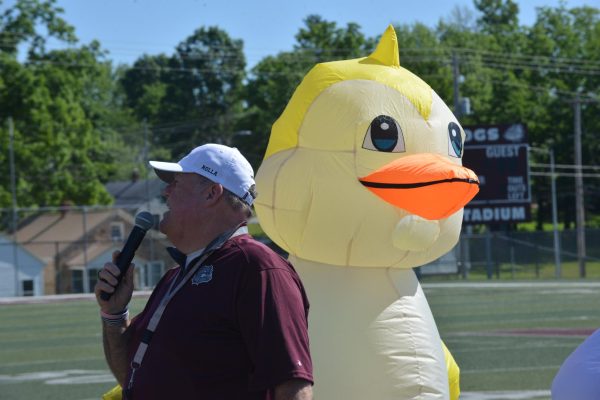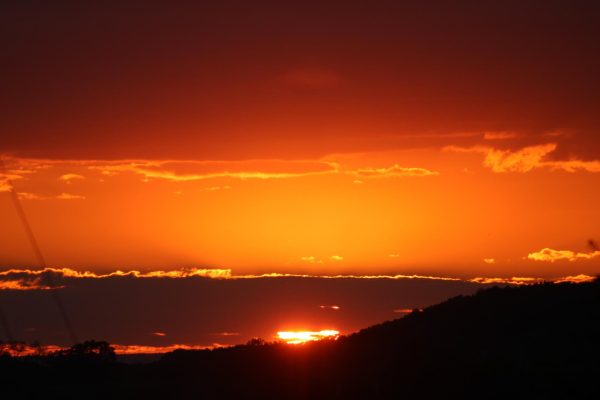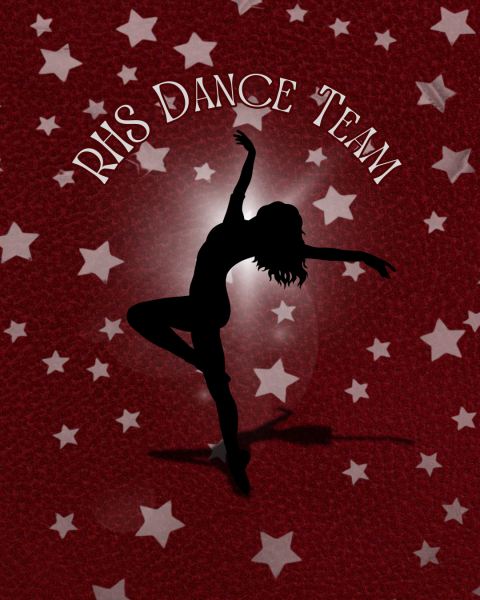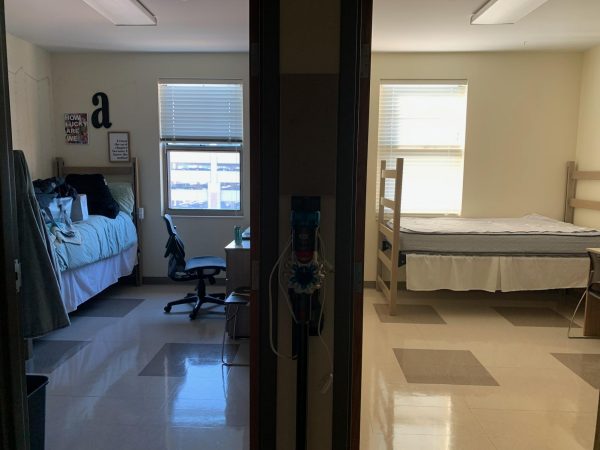Diwali: ‘the festival of lights’, an international celebration
Diwali, the Festival of the Lights, has become an international celebration. In all of India, as well as in parts of the United States, this Hindu tradition has taken root. The India Association is an organization of students, professors and their families who reside in Rolla. Annually, they share their vibrant culture and wide range dishes through a Cultural Show and a Dinner. In the Hindu belief, this celebration originates the story of a lord returning from exile after fourteen years. Although the different regions of India have various explanations for the origin of this four-day festival. In general, the festival is based on figures in history and religion performing heroic actions.
“Lord Rama killed Lord Ravan who had taken away Rama’s wife, Sita. So Lord Rama built a big bridge over the Indian Ocean by using big stones, and he was able to go to Sri Lanka, This is where Lord Ravan was hiding with Sita. He killed him and brought his wife back to India. That is the reason that we celebrate it,” Rohit Joshi, director of the India Association said.
Diwali, being a time of rejoicing, is an important celebration. People from India’s twenty-nine states come together to celebrate something that they all have in common. While in the United States English is the official language, in India, twenty-seven languages are spoken.
”You can’t understand another one if you know one. They’re all different, because people with their own backgrounds have their own languages,” Joshi said.
Although there are many different people coming together to celebrate, the symbols of the festival remain constant: lights.
“Diwali is the festival of the lights. [To illuminate the celebrations] we have special lamps which are little pots to which we add oil; a small lining so that it will stay lit the entire night,” Joshi said.
In addition to these oil lamps. People also light fireworks. Both of these forms of light are symbols for wealth, peace, good health and well-being. Most families come together to celebrate and to cook several traditional dishes.
“Most Indian dinners include the paneer, chicken and curry, to which spices can be added to give it a different flavor,” Joshi said.
These dishes can also be found at the local celebration of Diwali at Missouri Science and Technology. The celebration, consisting of a Cultural Show, a dinner and a possible display of fireworks brings close to one-thousand people together. This year the theme of the show will be “A Love Story.” The performances, including dances, skits as well as an appearance of some of the local children associated with the celebration all revolve around the theme.
“We will be depicting different Indian Cultures. We will be trying to showcase the biggest cultures: Bollywood, South Indian, Panjabi, Garba and Classical,” Joshi said.
The tradition of celebrating of Diwali in Rolla has been going on for almost a decade. It has developed considerably since the 1990s.
“We used to have it in a classroom. Then we moved it to the Havener Center, and now Leach Theater, and every part of it has become big,” Joshi said.
Although the celebration in Rolla has expanded, it is nowhere as big as the celebrations in India. Diwali is celebrated for several days, and many more people take part in the preparations and celebrations during which moods are happy. People exercise their free spirits, and at the same time, they repeat the traditions.
“We just randomly light them in front of our houses. There are rockets flying into people’s houses and nobody cares,” Joshi said.
In Rolla, however, the restrictions on fireworks do not make it possible for people to light fireworks on designated days.
“We may have fireworks this year too. Here it’s very complicated to get them. There’s a specific guy who sets them up, so you can’t mess around with them. There’s security and such,” Joshi said.
Although not all of the traditions of Diwali can be upheld at the university celebration, some of the most important, such as the lamps, are included. At Leach Theater, there is an elaborate process to lighting a large oil lamp which burns throughout the entire show, and after the performances, the India Association attempts to organize a display of fireworks.
“In India, my favorite part of the celebration are the fireworks, but here I don’t get to play with them. Here, I love Indian food. I am looking forward to eating real Indian food cooked by students, not by professionals,” Joshi said.
Due to the large number of people that will be attending the dinner, food preparations take up a big part of the planning. Close to eighty people will be working in shifts of three hours the two days before the performance to cook and set up.
Paneer is a type of cheese commonly served in South Asian cuisines. It is often served with spinach or other types of leafy vegetables. Although Diwali is not celebrated exactly the same by the India Association as in India, the main ideas and symbols can be seen in both celebrations. Sharing the Indian culture with the community brings the two closer together.
“Indian food is very difficult to find in Rolla. There aren’t any restaurants or stores that specialize in Indian dishes. People are actually on the lookout for festivals like these to eat the food. Come for the show, enjoy it and come have great Indian food,” Joshi said.







